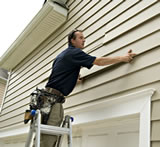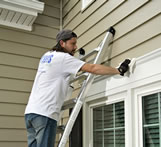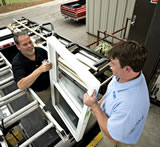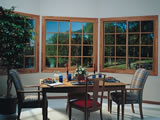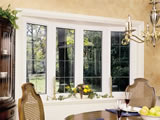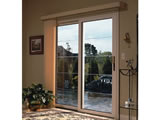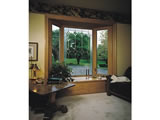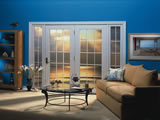Why You Should Choose Energy Efficient Replacement Windows
Author:Poor quality windows are a major source of heat loss, especially with winter looming around the corner. They can also reduce comfort and the amount of effective living space as well as being an eye-sore.
will help to minimise heating and lighting costs, as well as reduce CO2 emissions – helping to protect the environment and work towards a greener future.
After a certain amount of time the windows will pay for themselves due to the money saved on bills.
Window Ratings
Assessed by the BRFC, the rating system is a clear and effective method of calculating the energy performance of the whole window. This includes the frame material, the frame design, the glass type and all the other components that make up the window.
The rating system is similar to that applied to white goods (such as fridges). Windows are rated using an A to G scale on the basis of their total energy efficiency, with A being the most energy efficient.
Reducing Heat Loss
Uncontrolled air flow trough a window loses heat and creates draughts.
Windows with compression seals reduce this air flow, help to provide good ventilation when desired and have a better resistance to draughts than the sliding seals on vertical sliding windows.
Be sure to use a reputable installer, as poor installation will nullify the efficiency of the windows. If a window is installed incorrectly then it will not save you as much money as it should.
Windows with a low U-Value offer a greater efficiency in heat retention. Many factors effect this including the type of glazing material, the number of glazing layers, the type of gas used as insulation (often argon), the size of the cavity between the panels, and the type of frame used.
Glazing
Advances in glazing technology allows special glass to be used, which helps control heat loss through a window. The glazing (low-e) has special surface coatings which reflect heat back through the window, the percentage of heat reflected depends on the energy efficiency of the window – normally ranging between 40 and 70%.
This glass is now standard for most homes in the UK.
The number of glass layers, space and gas-type between the panes also help to resist heat flow. Air spaces that are narrow offer greater heat resistance.
Highly energy efficient windows are manufactured with inert gases (argon or krypton) between the panes because these gases transfer less heat than air.
Frames
Window frames are available in a wide variety of materials, the main two being wood and uPVC. UPVC is the standard for most homes as it doesn't rot or warp like it's wood counterpart. The use of foam insulation in uPVC windows also helps to make the frame more energy efficient to completely eradicate the possibility of a draught.
Energy Efficient Windows carry the BFRC label with a rating from A-G. Select the window with the highest rating for the maximum energy efficiency.
About the Author:Conservatory Outlet | Products throughout the UK.
Article Source: -



